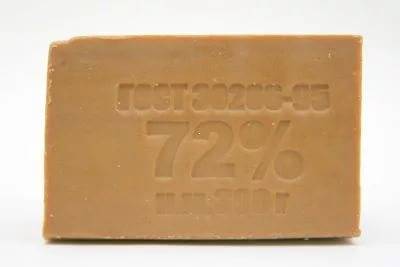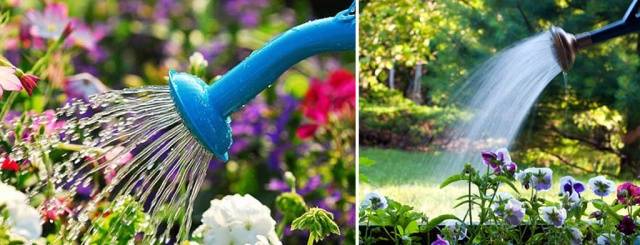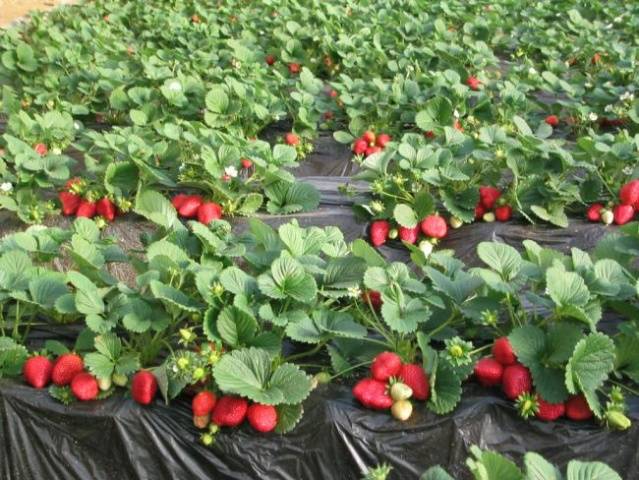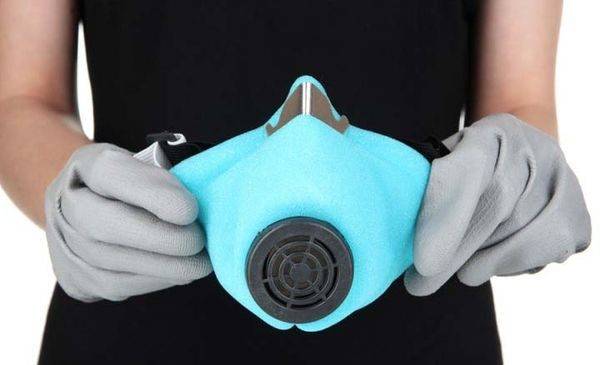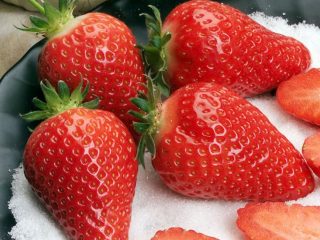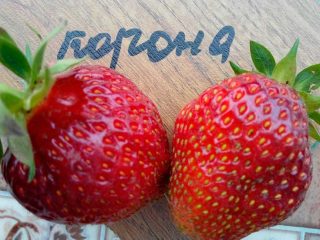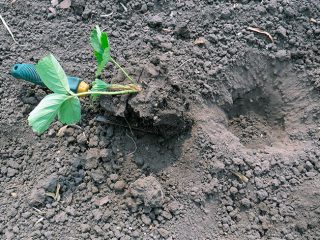Content
Every self-respecting gardener and gardener grows strawberries on his plot. This is the most favorite berry not only among children, but also among adults. To grow a rich harvest of fragrant and healthy fruits, you will have to make efforts. First of all, this applies to high-quality fertilizing of garden strawberries. But among the people it is more often called strawberries. Often, top dressing is at the same time a preventive means of protection against diseases and pests.
Chemicals can be used. But most gardeners have recently been wanting to get organic products, including strawberries, so they refuse chemistry. They prefer safe drugs. For example, ammonia for strawberries is a fertilizer that supplies plants with easily assimilable nitrogen and a kind of protection against diseases and pests.
The benefits of ammonia
As strange as it may sound, it is ammonia (ammonia, ammonia) that is one of the most important pharmaceutical preparations used by gardeners. Newcomers to strawberry cultivation are skeptical about this fertilizer. We will try to dispel their doubts by talking about the benefits of ammonia. Strawberry ammonia is essentially a concentrated nitrogenous fertilizer. You can buy the drug at any pharmacy.
Nitrogen is one of the important trace elements necessary for the growth of strawberries, especially at the beginning of vegetative development. This element is contained in the soil, but plants cannot take full advantage of it due to the difficulty of assimilation. And without it, the green mass of strawberries grows weakly.
Fertilizing with nitrogen-containing mineral fertilizers is often not an option. Since gardeners do not carry out laboratory studies of the soil, fertilizing can lead to an excess of nitrogen. This is fraught with the accumulation of nitrates in the finished crop, which, in turn, is harmful to human health.
Nitrogen for strawberries and other garden plants is irreplaceable. Fertilizing with ammonia does not lead to the accumulation of nitrates either in the soil or in the fruits of plants. The agricultural products are safe.
What is ammonia for strawberries
- Firstly, ammonia is not just a useful nitrogen-containing fertilizer, but also a means of protecting against pests. In the beds, poured with ammonia, the larvae of the May beetle, the most important and harmful pest of strawberries, die. Such pestslike garden ants. Wasps do not fly up to strawberries and do not spoil them.
- Secondly, thanks to ammonia, strawberries do not show signs of nematodes and other fungal diseases.
- Thirdly, watering strawberries with ammonia allows you to quickly build up green mass.
Salmon from pests:
Features of the preparation of the solution
Since ammonia is a volatile compound, the prepared solution must be enriched with fatty acids. In this case, it stays longer on the green mass of plants, which increases the effect several times processing... You can use any liquid soap for these purposes, but it is best to take as a basis laundry soap dissolved in water (72 percent).It will not only create a strong film on the strawberry leaves, but also serve as protection against diseases. In fact, this soap is an excellent, safe antiseptic.
Preparing a soap solution:
- Grate one seal of soap, pour a little hot water. Stir the soap solution until completely dissolved.
- Pour into water in a thin stream with constant stirring. No gray flakes should remain in the finished solution, and rainbow bubbles should form on the surface.
- After that, ammonia is poured in strictly according to the recommendations.
As a rule, strawberries are watered with ammonia solution no more than three times. This is enough for normal plant growth and abundant fruiting. On garden strawberries for vegetation rot and mottling are not observed. Pests bypass the beds, poured with ammonia.
Top dressing and processing of strawberries in spring ammonia:
Stages of watering strawberries and dosages
Feeding strawberries with ammonia is one of the important points when growing strawberries. Experienced gardeners most often, after such processing of strawberries, do not use any mineral fertilizers.
First watering
First time strawberries are processed ammonia in early spring. Before this, the beds are preliminarily cleaned from old leaves. This top dressing is very important for overwintered strawberries. It is during this period that the plant needs nitrogen to build up green mass. The solution is prepared as follows: a full bottle of ammonia (40 ml) is poured into a ten-liter bucket of water.
For watering, use a watering can with large holes. Take a look at the photo below. The watering can has the correct nozzle, which allows the solution to be poured out quickly. The ammonia does not have time to evaporate, completely settles on the leaves and soil.
Second processing
The second time, strawberry beds are treated with ammonia immediately after flowering... At this time, the solution should have a lower concentration. As a rule, gardeners add 2 or 3 large spoons of the drug to the watering can. This is not just nitrogen fertilization, but also protection from pests.
The second treatment with ammonia:
Third feeding
As for the third processing of strawberries, it is carried out after the last berry has been collected. Plants have exhausted all their resources during fruiting, and in winter the strawberry bushes should leave full of strength, ready to successfully bear fruit the next year. The rate of ammonia is the same as in the spring - a bottle of 10 liters of water.
Instead of a conclusion
Since ammonia is a toxic substance, working with a solution, you need to think about your safety.
- Watering the beds is necessary in a respirator or mask. Wear rubber gloves on your hands.
- It is forbidden to add other drugs to the ammonia solution.
- If a solution of ammonia gets into open areas of the body, wash it thoroughly with soap and water.
- In case of poisoning, you need to drink a glass of milk and consult a doctor.
A solution of ammonia is prepared only on the street. When processing plants in a greenhouse, windows and doors must be opened.


